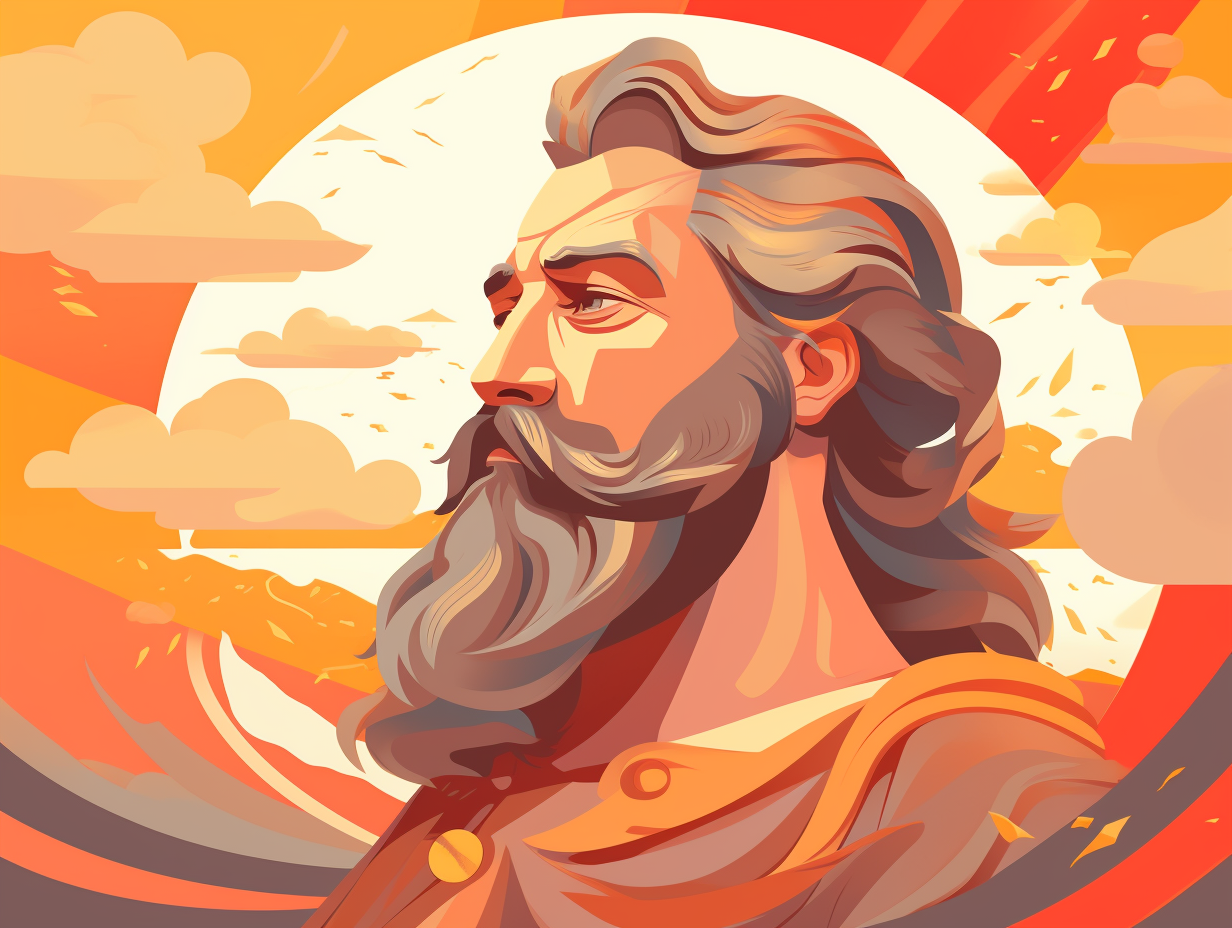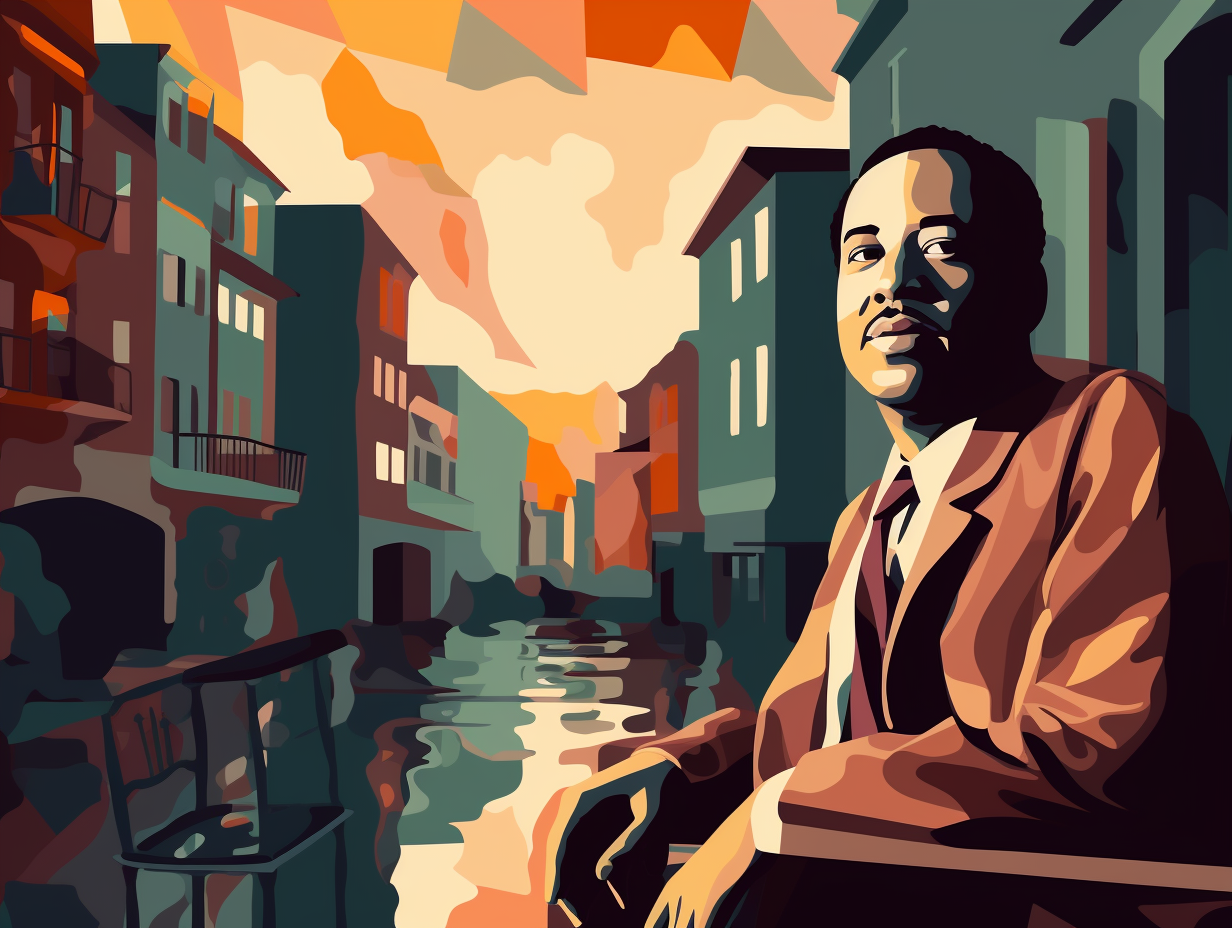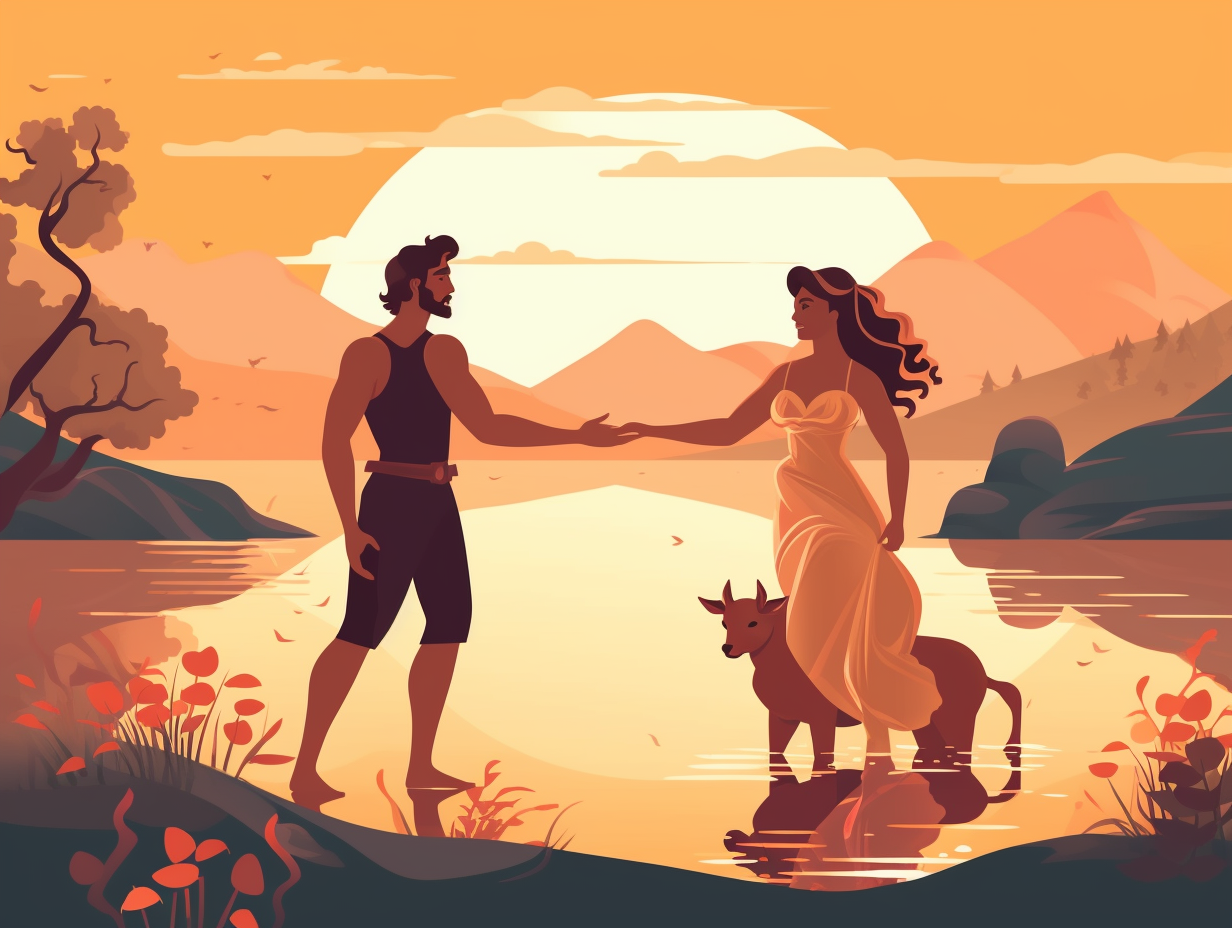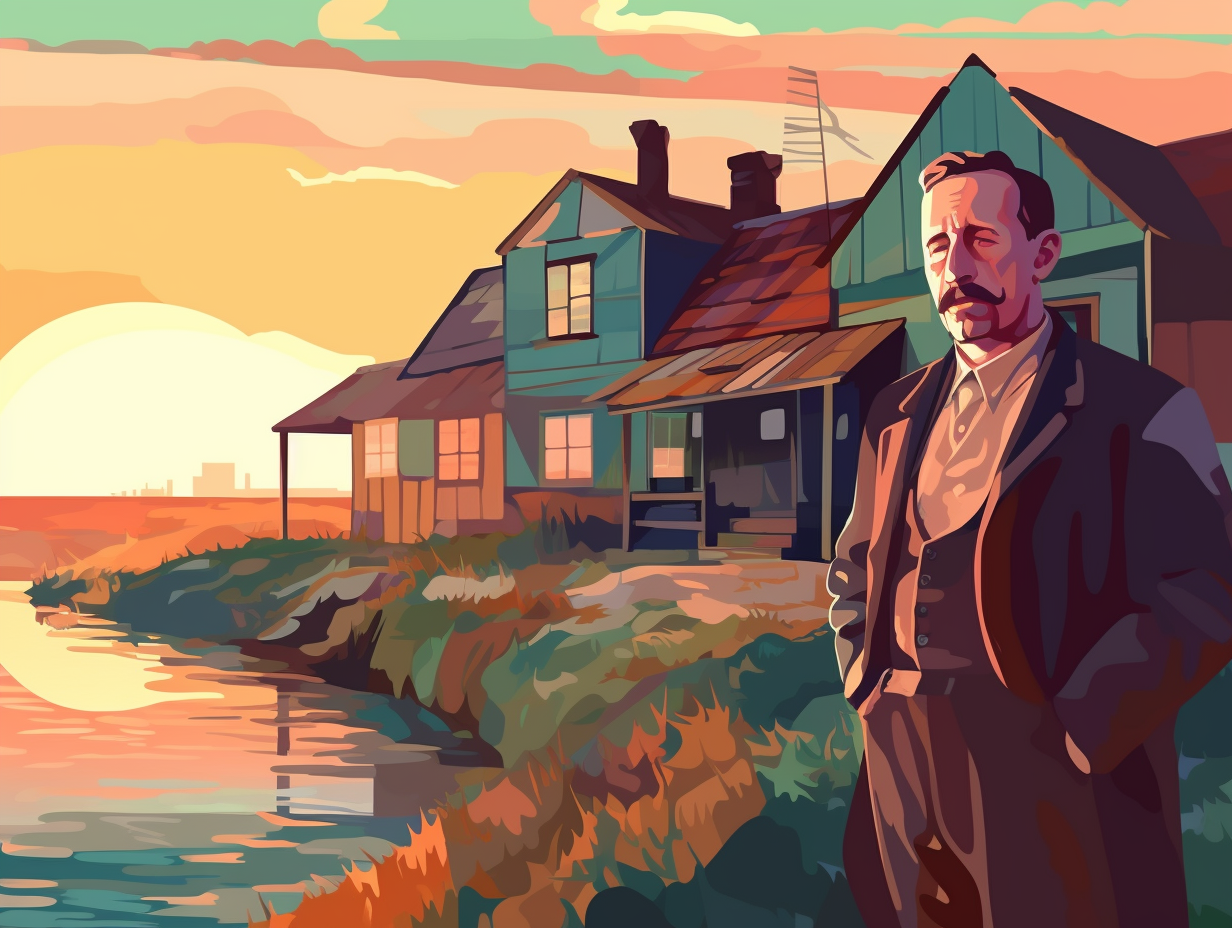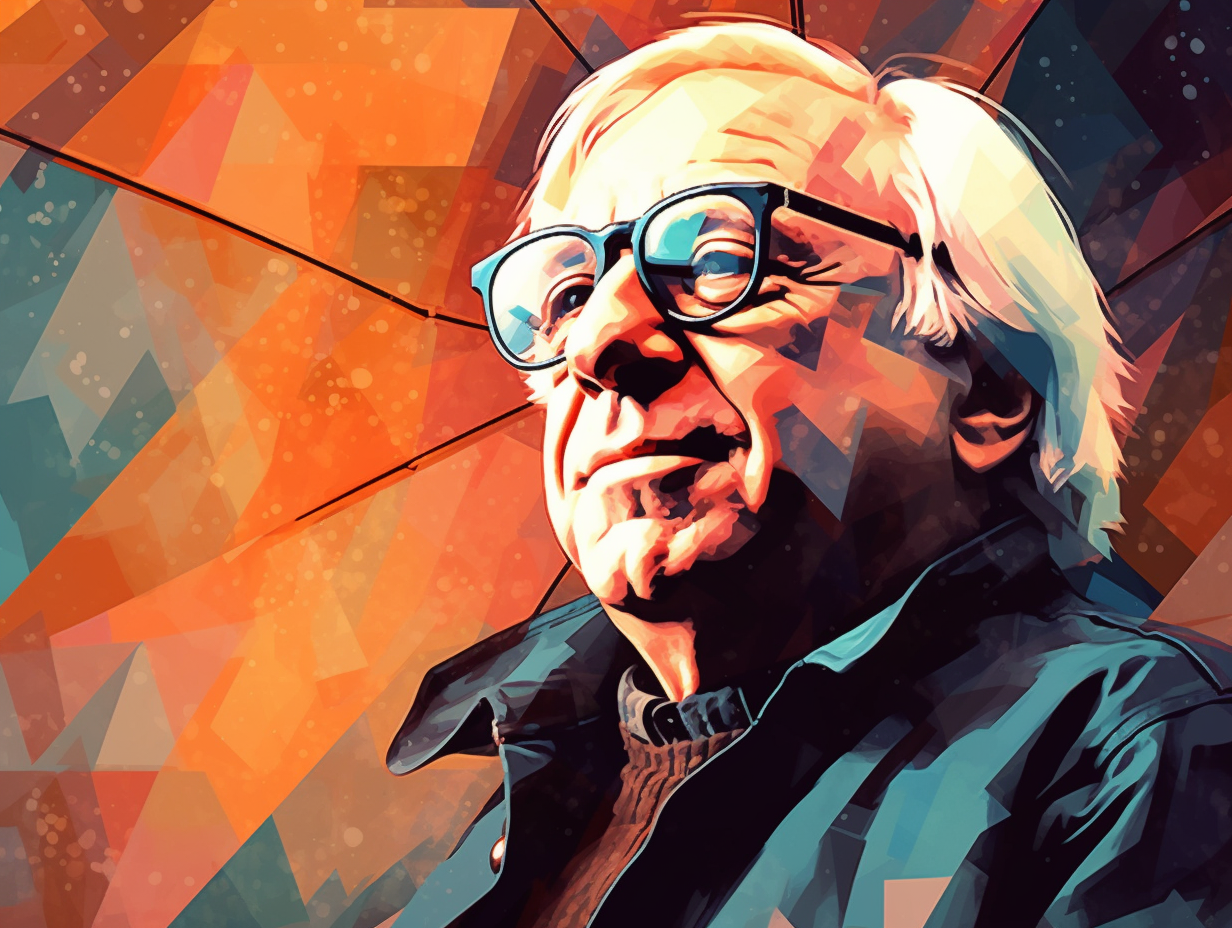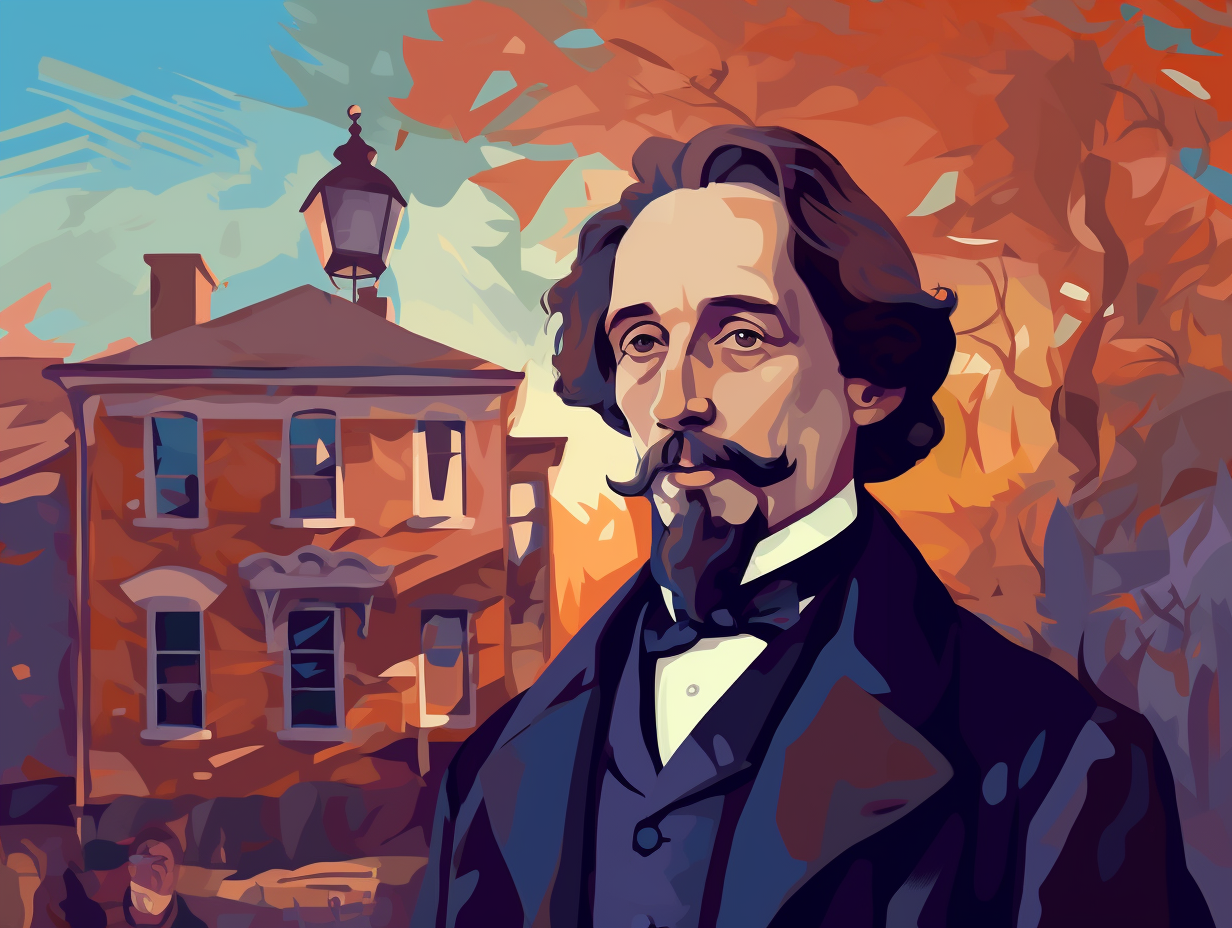Unearthing the Monster: Top 11 Fun Facts About Frankenstein You Never Knew

1. Frankenstein's Brainy Dating Woes
You won't find Frankenstein's monster swiping right on Tinder anytime soon: Despite his fearsome countenance, in the original book, the creature crafted by Victor Frankenstein was actually quite brainy, capable of learning about the world and human emotions, only turning to vengeance when he couldn't find a date – showcasing the oft-underestimated importance of companionship in human existence.
Source => ipl.org
2. The True "Frankenstein" Identity Crisis
Next time you're at a monster mash, don't be too quick to call our flat-headed friend by his so-called name, or he might end up feeling a little "stitched up": Contrary to popular belief, "Frankenstein" is actually the surname of his creator, Victor Frankenstein, while the creature himself remains unnamed and is often simply referred to as "the creature" or "the being" throughout Mary Shelley's iconic novel.
Source => nereg.lib.ms.us

Did you know that a spine-tingling dream at age 18 inspired Mary Shelley's iconic "Frankenstein"? Unravel the spooky origins of this monstrous masterpiece!
=> Fun Facts about Mary-Shelley
3. Villa Diodati Horror Story Origins
Beware the stormy villa of doom where horror stories are born from fiery chatter, electrifying arguments, and being stuck indoors with eccentric poets: Mary Shelley's iconic creation of Frankenstein sprung to life not from a ghost story competition, but from animated discussions about corpse reanimation with Lord Byron and Percy Bysshe Shelley during a rather gloomy summer night in 1816 at Villa Diodati.
Source => history.com
4. Monster's Enigmatic Anonymity
Who needs a name when you're a monstrous trendsetter with killer looks and pizzazz? Mary Shelley's undead protagonist in Frankenstein was all about letting their freak flag fly with anonymity: in her novel, the creature is never given a name, often referred to as "the creature," "the monster," or left nameless, with one 1823 London theatrical production cheekily listing the character as "––––––" on the playbill. So basically, it was Shelley's way of making the monster all the more mysterious and enigmatic.
Source => newyorker.com

5. The Great Monster Name Mix-up
Navigating the murky waters of monster-naming conventions: As it stands in Mary Shelley's original novel, Frankenstein's monster is wrongfully nameless, but later adaptations have branded him with monikers like "Adam," "Deucalion," and "Proteus." This poor creature's missing name has led to generations mistakenly referring to the monster as "Frankenstein," a mix-up that has been nothing short of a Frankenstein's monster of its own in the literary world!
Source => en.wikipedia.org
6. The Fabulous Life of James Whale
While Frankenstein's monster tragically sought companionship, James Whale, the man behind the spooky masterpiece, lived his life like a Royal Oscar party: a monstrously talented filmmaker, he palled around with the likes of Laurence Olivier and Boris Karloff in his heyday. Whale's retirement was all the rage as well: he dabbled in painting and hopped from one small directorial project to another, like a vampire over Brooklyn rooftops. Alas, our dear James Whale bid adieu to his monster mash in 1957: a visionary director and stage manager who worked with iconic talents, he lived a versatile and fulfilling career before spending his later years as an artist and occasionally taking on smaller directorial gigs.
Source => tcm.com
7. Love Letters and Graveyard Romance
Mary Shelley's secret family recipe for creating her iconic novel, Frankenstein, included an unlikely ingredient: a sprinkling of love letters, written on her mother's gravestone, and the sweet taste of scandalous romance at a cemetery rendezvous. Yammering Yorick would've been pressed! : Mary Shelley shared her mother's name, Mary Wollstonecraft, and their peculiar connection went beyond loving Percy Shelley. They even got romantic near Wollstonecraft's grave. These gothic experiences, influenced by her feminist mother's radical ideas, birthed the legendary tale of Frankenstein, which has been stirring the souls of readers for 200 years.
Source => time.com
8. Victor Frankenstein: The Worst Parent?
Who's the parent that refuses to name their own child? Victor Frankenstein, that's who: In Mary Shelley's novel Frankenstein, the monster is never given an official name by its creator or the author, emphasizing the creature's struggle for humanity and rendering Victor the true monster for not only rejecting, but also refusing to take responsibility for his creation.
Source => papersowl.com
9. Facing Critic's Torches and Pitchforks
Dr. Frankenstein may have stitched together a monstrous being, but it seems the angrier critics wanted to bring out the torches and pitchforks for Mary Shelley's novel! Back in 1818, nothing got the ghouls gossiping quite like a little "horrible and disgusting absurdity": In fact, John Croker of the Quarterly Review wasted no time in labeling Frankenstein as such. Thankfully for fright fanatics, these bothered bookworms were outrun by fervent Franken-fans, leading to the novel's ascent as a classic and inspiring endless adaptations in various media formats.
Source => study.com
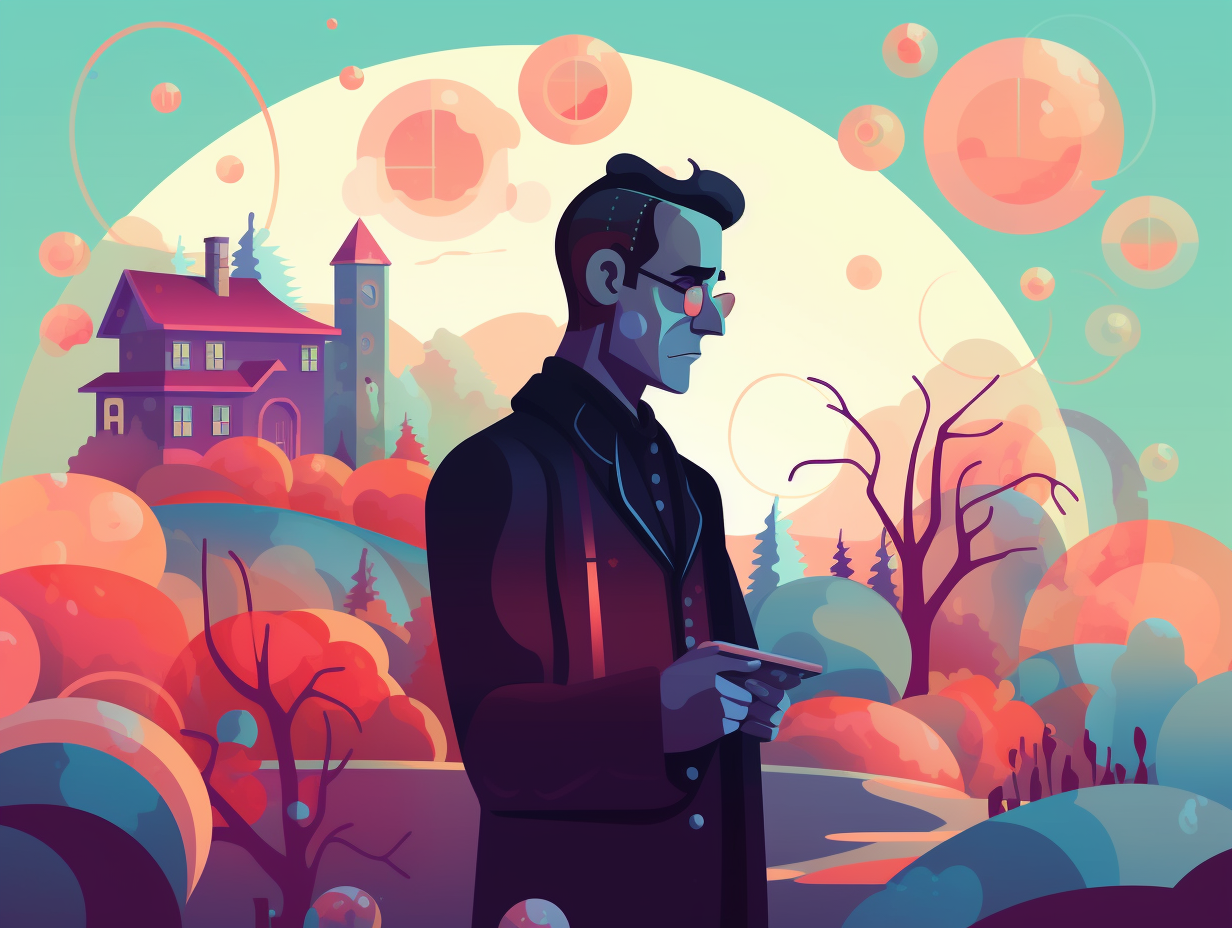
10. Frankenstein's Monster: The Slender Giant
Guess who's been skipping leg day? Frankenstein's monster, of course! Hollywood might have confused us with bulky, buff monsters doing the monster mash, but Mary Shelley had a different vision: The original creature in her novel actually sported a lean frame and towered at 8 feet tall, making it less of a bodybuilder and more of a slender giant.
Source => en.wikipedia.org
11. "Frankenstein" Name Game Misconceptions
"Frankens-teen, -kid, -baby?": Victor named his own monster by association! That's right, folks — the name "Frankenstein" actually refers to the creator, Victor Frankenstein, and not the creature he brought to life in Mary Shelley's classic novel. In fact, the misunderstood monster never got a first name, and has been incorrectly called "Frankenstein" ever since, leaving him to bear the weight of his father's rather unusual surname.
Source => web.colby.edu
Related Fun Facts





